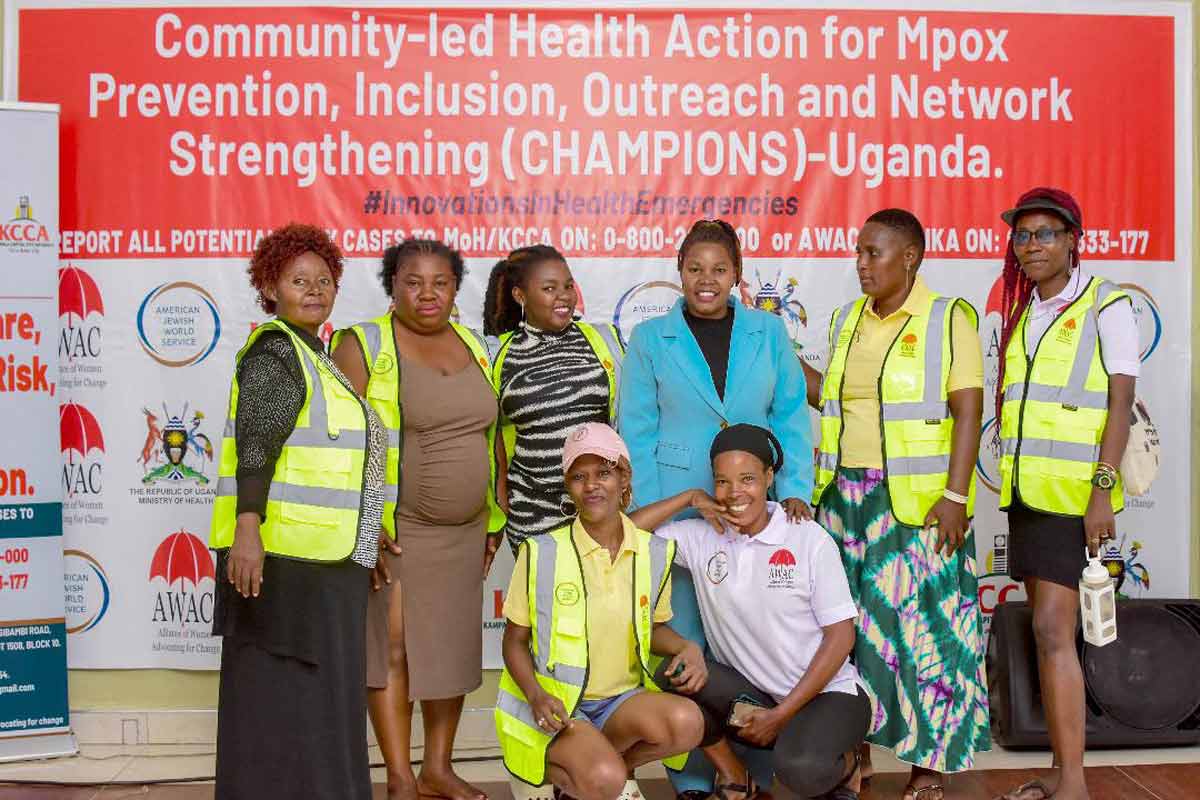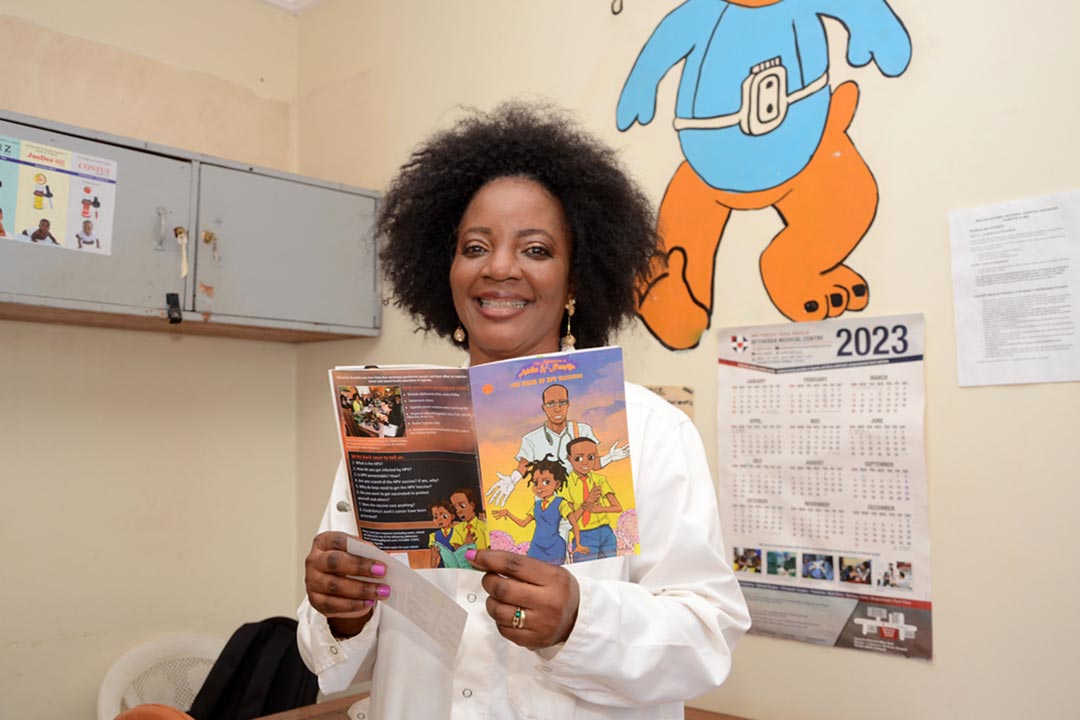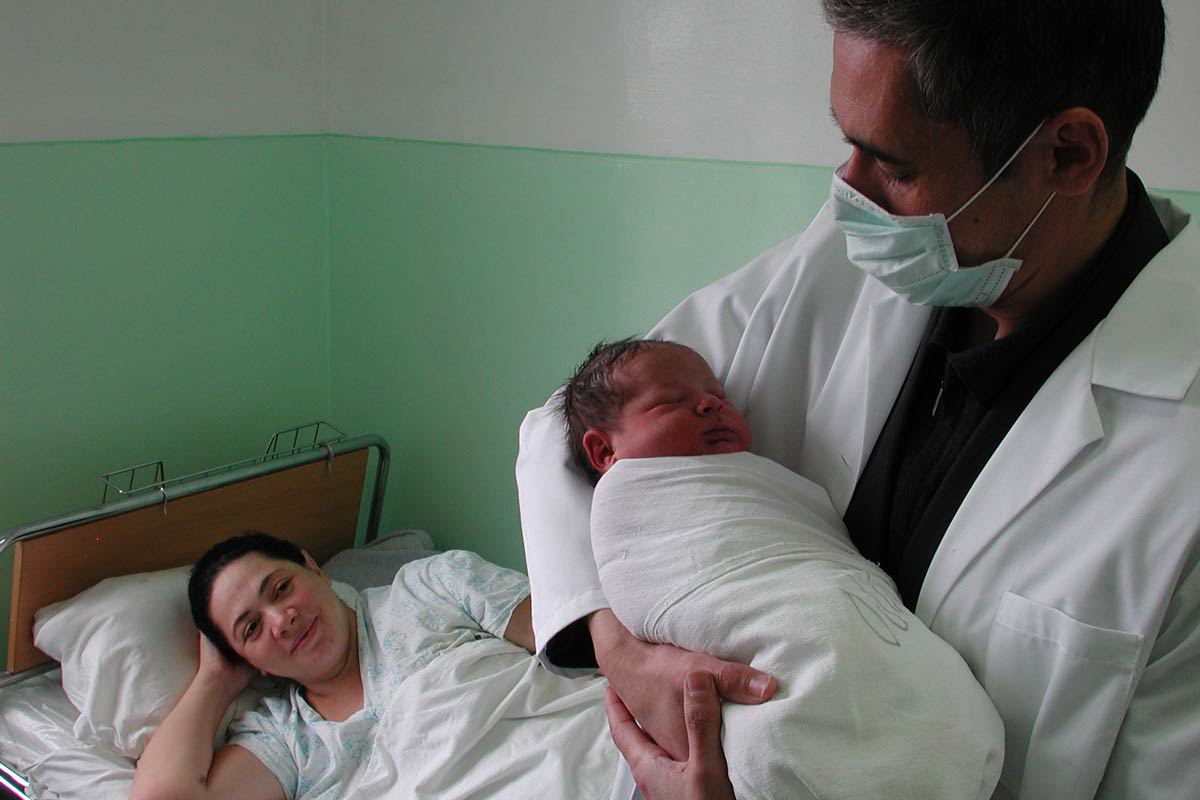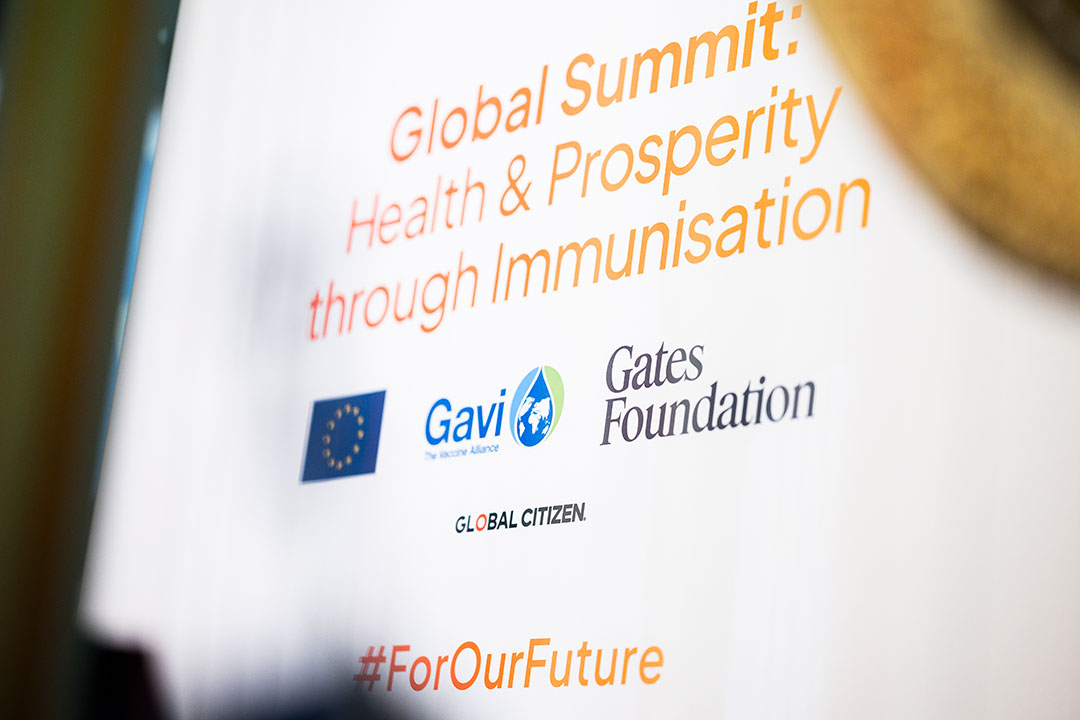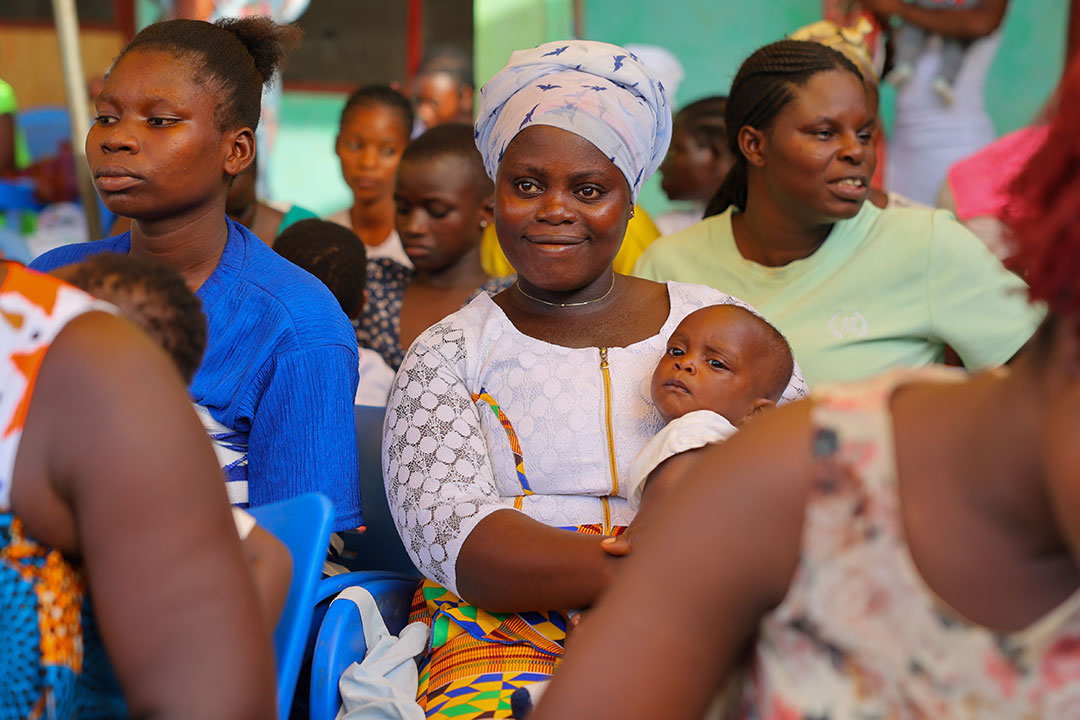How close are we to a chikungunya vaccine?
Chikungunya is putting more people at risk than ever before. Esther Nakkazi spoke to the doctors, vaccine-makers and epidemiologists at the vanguard of the response.
- 18 February 2025
- 7 min read
- by Esther Nakkazi
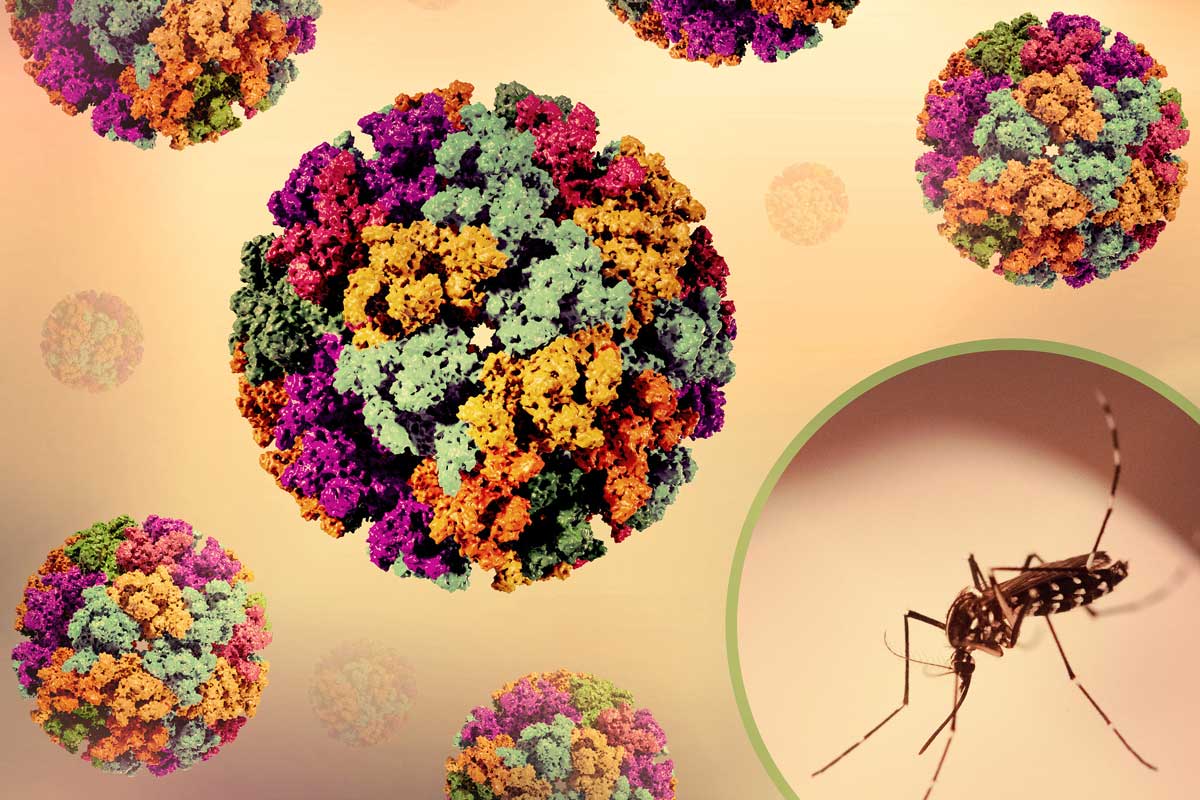
Alex Almuedo is a senior doctor and researcher at the Barcelona Institute for Global Health (ISGLOBAL) and an international health specialist at the Hospital Clínic. During the peak travel season, his clinic sees as many as 200 people a day preparing to set off on holiday, or in the case of Barcelona’s immigrant community, to visit family – in many cases, in Latin American countries.
The clinic also expects to see 30 to 40 people post-trip – many of whom will have picked up one of the region’s infamous mosquito-borne diseases: dengue, zika or chikungunya. “The tricky part for us is sometimes telling the difference between the big three,” says Almuedo.
The “big three”
The first step is ruling out malaria. “But then it gets complicated because distinguishing between dengue, zika and chikungunya isn’t always easy,” he explains. Almuedo says that while fever and skin rashes are common across all three diseases, there’s one particular symptom that sets off alarm bells.
“If you have a lot of joint pain – what we call arthralgia – and less muscle pain, but with inflammation of the joints, then something clicks in your mind, and you think, ‘Oh, this could be chikungunya,’” he says. Sometimes, he adds, the joint pain from this viral infection is so severe that patients struggle to walk.
Confirming a suspected diagnosis depends on access to technology. “In our clinic, it’s not a challenge because we can perform PCR tests to confirm chikungunya. But in places where diagnostics aren’t available, that’s a real issue.”
Meanwhile, 2024 was a year of spiking disease rates. “I remember last year, we saw many patients returning from Paraguay with chikungunya,” Almuedo recalls. “The thing is, there are different outbreaks happening all the time.
“Every year, we see different countries in Latin America affected, and right now, the highest number of chikungunya cases are in Brazil, Paraguay, Argentina and Bolivia,” he said. In 2024, Brazil recorded 420,139 cases of chikungunya, and 236 deaths related to the virus.
“Co-infections can occur”
PCR testing doesn’t only confirm a suspected diagnosis, but can also rule out co-infections, which are rare, but not unheard-of. “It’s important to rule out dengue, especially,” he says. “If you’re treating chikungunya in the acute phase, you’d likely use non-steroidal anti-inflammatories (NSAIDs). But if you have dengue, we advise avoiding NSAIDs because of the risk of platelet problems and bleeding complications.”
“So, it’s crucial to get it right,” he adds, “because the treatment approach changes based on which virus we’re dealing with.” Unfortunately, he adds, there is currently no widely available rapid test available for chikungunya.
Wait long enough and PCR testing is no longer the optimal diagnostic backstop. “After [the first two weeks of infection], we rely on serology. Serology helps us detect antibodies that the body produces in response to the virus or bacteria. There are two types of antibodies: acute antibodies, known as IgM, and chronic antibodies, which last longer and help protect you. Not in all diseases, but in the case of chikungunya, those chronic antibodies can offer some protection.”
“What we really want is a vaccine”
But building immune defences via natural infection is a risky road to travel, not least because chikungunya is a disease with a long tail.
Entering the ‘chronic phase’ of chikungunya places his patients outside of the Almuedo’s expertise. “We often collaborate with rheumatologists, and sometimes we need to perform ultrasounds to better understand what’s happening in the joints.”
There are no good, specific antivirals for chikungunya. In the absence of a failsafe treatment, a chikungunya vaccine is key, Almuedo says. “What we really want is a vaccine that offers rapid onset of protection, is durable, and ideally, provides protection with a single dose. It would need to cover multiple viral strains, because there are at least four different strains of chikungunya out there.”
Getting the vaccine to the people who need it
Good news: multiple vaccines are in the offing, and a couple of them are ready for deployment. Pharma company Bavarian Nordic has a vaccine that has just been approved by FDA, and Valneva’s product, called IXCHIQ, is now available on the market in many countries.
IXCHIQ, a single-dose chikungunya vaccine that’s expected to provide five years of protection, was authorised for use in the US early in 2024, in the European Union mid-last year, with the UK regulatory agency following suit earlier this month.
But if the vaccine is to be more than a travel jab, it needs to be made available to the populations of those countries where the viral risk is highest. To help make that happen, in July 2024, the Coalition for Epidemic Preparedness Innovations (CEPI) announced it was committing US$ 41.3 million in support of “broader access” to the Valneva jab – in other words, to make sure the vaccine would be made available in lower and middle income countries like Brazil.
Licensing is one part of that. Although the vaccine has not yet received WHO prequalification, Thomas Lingelbach, Valneva’s CEO, confirmed late last year that the process is “underway”, running concurrently with the Brazilian approval timeline.
Another piece of the access puzzle is pricing. Lingelbach said, “Valneva’s objective is to ensure global access to this vaccine,” which is why, he says, his company is focusing on affordability.
Pinning down the viral burden
As Dr Gabrielle Breugelmans, Director Epidemiology and Data Science at CEPI explains it, before the WHO SAGE committee can make a recommendation for wider implementation of the vaccine, more data needs to be collected.
The safety and immunogenicity of the vaccine has been well established. But research that establishes the need and likely real-world impact of IXCHIQ or a jab like it is largely still pending.
“It’s really critical to understand the burden of chikungunya,” Breugelmans elaborates. “To have a better insight, like, who are the at risk groups for chikungunya infection, because having that data, we would be able to design better, effective prevention strategies through the vaccine.”
A large CEPI-sponsored project called the Accelerating Chikungunya burden Estimation to inform Vaccine Evaluation (ACHIEVE) study is working on gathering those vital insights.
Have you read?
The research frontline
George Warimwe, of the KEMRI Wellcome Trust in Kenya and a professor of vaccinology at the University of Oxford, who is helming ACHIEVE, came to his chikungunya research by a branching path. “We looked for zika in coastal Kenya, a place called Kilifi, and we could not find zika. Though, we found lots of manifestations of a syndrome that looked like what was being observed in Brazil. Following on from that, we decided, to look at other arboviruses. And at the time, we were just setting up a lab on arboviruses in coastal Kenya, and we chose chikungunya as the first virus to look at because – obviously - it was discovered in Tanzania in the 1950s and Kenya is very close to Tanzania.”
First, the team looked into prevalence of the disease, piggybacking on a trove of samples collected during a malaria study, taken from children who presented to primary care facilities with fever over a period of five years. The samples had been kept securely in a biobank, and were consequently able to be screened for chikungunya.
“We found very high prevalence of chikungunya – around about 13% of the children who were presenting to primary care facilities,” he said.
The next step was to understand if the virus present in the samples was, in fact, causing severe disease. “We went back to our biobank and screened samples from a similar period, but now focusing on one of the really severe manifestations that’s been reported in previous studies in Asia and India. What we observed was about 10% of children who had been admitted with neurological illness had their consciousness impaired in some way, which was also evidence of infection with chikungunya virus,” said Warimwe.
“This was really a surprising finding at the time, given the really high burden in the community. What was really peculiar was that, unlike in other parts of the world, like in Asia and South America, the burden seemed to be very high in very young children – neonates – suggesting that some of these infections, perhaps might originate at the time of the mother’s pregnancy,” he said.
“So we got speaking to CEPI, trying to see whether these observations are generalisable across the region, because if they are, then there are implications for development of interventions,” said Warimwe.
The researchers needed to know not just that a vaccine would help, but how it would help the most. Would kids benefit the most from the vaccines protection, for instance? Or would it make the biggest impact amongst adults?
“This ACHIEVE study is about understanding the distribution of chikungunya in East Africa, looking at whether these observations we had in the coastal Kenya study are also evident in other parts of Kenya and in other parts of Tanzania, to generate some robust evidence to then inform development of interventions and how those will be deployed,” said Warimwe.
But even in the best case-scenario, clinician Almuedo notes, the vaccine won’t be a silver bullet, and prevention can mean more than immune-mediated prophylaxis. “The main challenge is how to prevent mosquito bites,” he adds. “We don’t yet have a vaccine for everyone who needs it, so prevention is crucial.”
